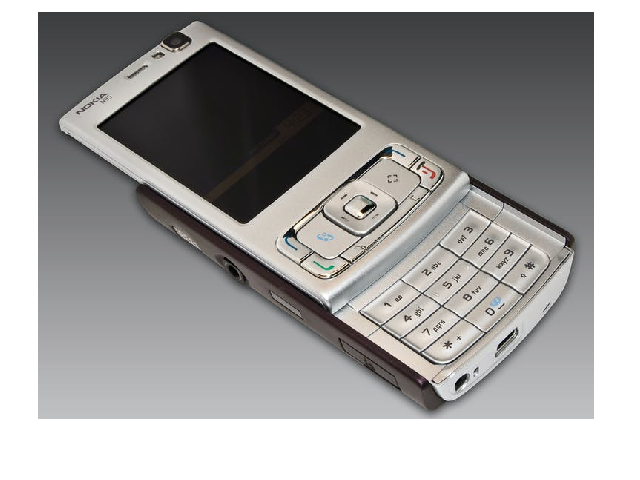Physical Address
304 North Cardinal St.
Dorchester Center, MA 02124
Physical Address
304 North Cardinal St.
Dorchester Center, MA 02124

LG’s potential withdrawal from the mobile device sector is déjà vu.
The list of those global behemoths who failed to innovate and move with the times is a salutary lesson of how hubris and arrogance can topple the mightiest edifices.
Nokia, Motorola, NEC, Microsoft, Mitsubishi, Panasonic, Siemens, BlackBerry, Ericsson and Sony have all found that complacency and arrogance are a fatal combination.
Let’s revisit some of the more entertaining analysis that poured forth when the great disruption of the iPhone began.
Do you remember this? “There’s no chance that the iPhone is going to get any significant market share. No chance. It’s a $500 subsidised item.” Steve Ballmer, the then-CEO of Microsoft does. Let’s continue our where-are-they-now game with Jim Balsillie, former co-CEO of BlackBerry manufacturer RIM (remember them?) giving his views on the iPhone.
“It’s kind of one more entrant into an already very busy space with lots of choice for consumers… But in terms of a sort of a sea change for BlackBerry, I would think that’s overstating it.”
Motorola’s downfall from practically owning the entire mobile market at one point in the early 2000s wasn’t so much due to the iPhone as its refusal and inability to acknowledge any other product. Even when the writing was on the wall for the proprietary and clunky operating system, Motorola still refused to consider moving to Android.
And then there was Nokia, a company that led the wireless revolution in the 1990s and made the best must- have phones you could buy.
By the end of 2007, half of all smartphones sold in the world were Nokia’s, while iPhone had a mere five per cent share.
Remember the N95? (See image) For the tech of the time, it was awe-inspiringly good device with a 2.6-inch LCD screen, 5-megapixel camera, up to 8GB of storage, 3G and WiFi connectivity, and a built-in GPS receiver.
No wonder Nokia executives could barely suppress their giggles when Steve Jobs announced a 2G device with a 2MP camera and no GPS.
Of course, Nokia missed the big picture which was that the mobile phone had now transitioned into a computer that just happened to include a phone capability. This changed the game, showing how design and interface-for-dummies can beat raw technology.
Nokia’s rise and fall was a classic of market-dominating companies being reduced to dust by not being agile. By the time the iPhone gained traction, Nokia was just playing catch-up with an inferior operating system called Symbian. But it wasn’t technology or the iPhone that killed Nokia. It was internal politics.
Nowadays, new start-ups such as OnePlus have learned from the corporate malaise that can destroy a brand when it gets too big for its boots. Will we one day be writing about the demise of the iPhone? Unlikely. But who would bet on Elon Musk or another whizz-kid yet to be discovered taking a big bite out of Apple?